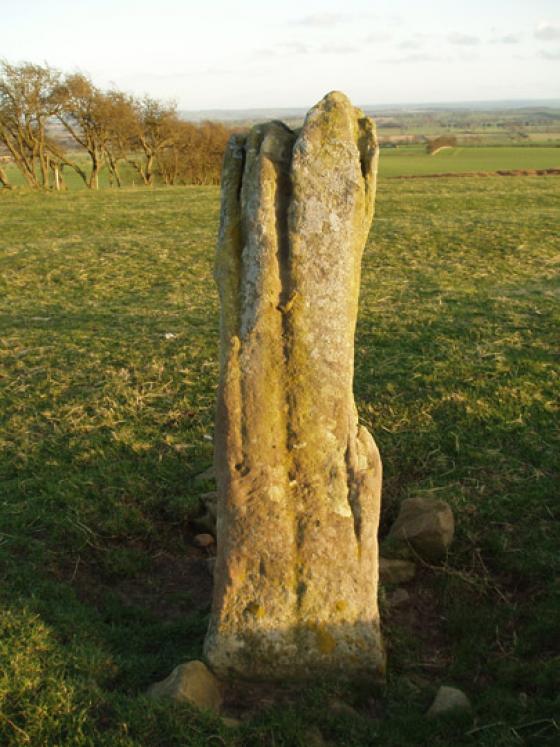[An] interesting derivation is suggested by local tradition, which was mentioned to me many years ago by an intelligent neighbouring farmer. (The late Mr. Wm. Charlton of Rushy Law, which is the next farm to Pitland Hills eastward. His father lived to the great age of 102 years. Both were well-versed in the folk-lore of the district. Pickland Hills is still the more common local pronunciation.)
He informed me that his “fore-elders” called the place not Pitland, but ”Pictland or Pickland” Hills, and that the ancient people, the Picts, or “Picks,” as he preferred to pronounce the word, had a settlement here, and in working for iron and coal in the shallow pits on the moor first used the implements which our miners still call “picks,” thus named after the people who introduced them.
It is noteworthy that the cairns scattered over our wild Northumbrian uplands, as at High Shield Green previously described in this paper, and on those of the Scottish Borders, are often associated with that fierce race of invaders from the north, whose name and deeds became a terror to the Romanised Britons of the Lower Isthmus, and probably for long afterwards.
“On the moors of Northumberland, such heaps are pointed out as places where a Pict’s apron-string had broken, as he was carrying a load of stones to some of his superhuman erections.” (Rambles in Northumberland p104.)
archive.org/stream/archaeologiaaeli12sociuoft#page/248/mode/1up
From the ‘Recent Explorations’ article linked to below.















































